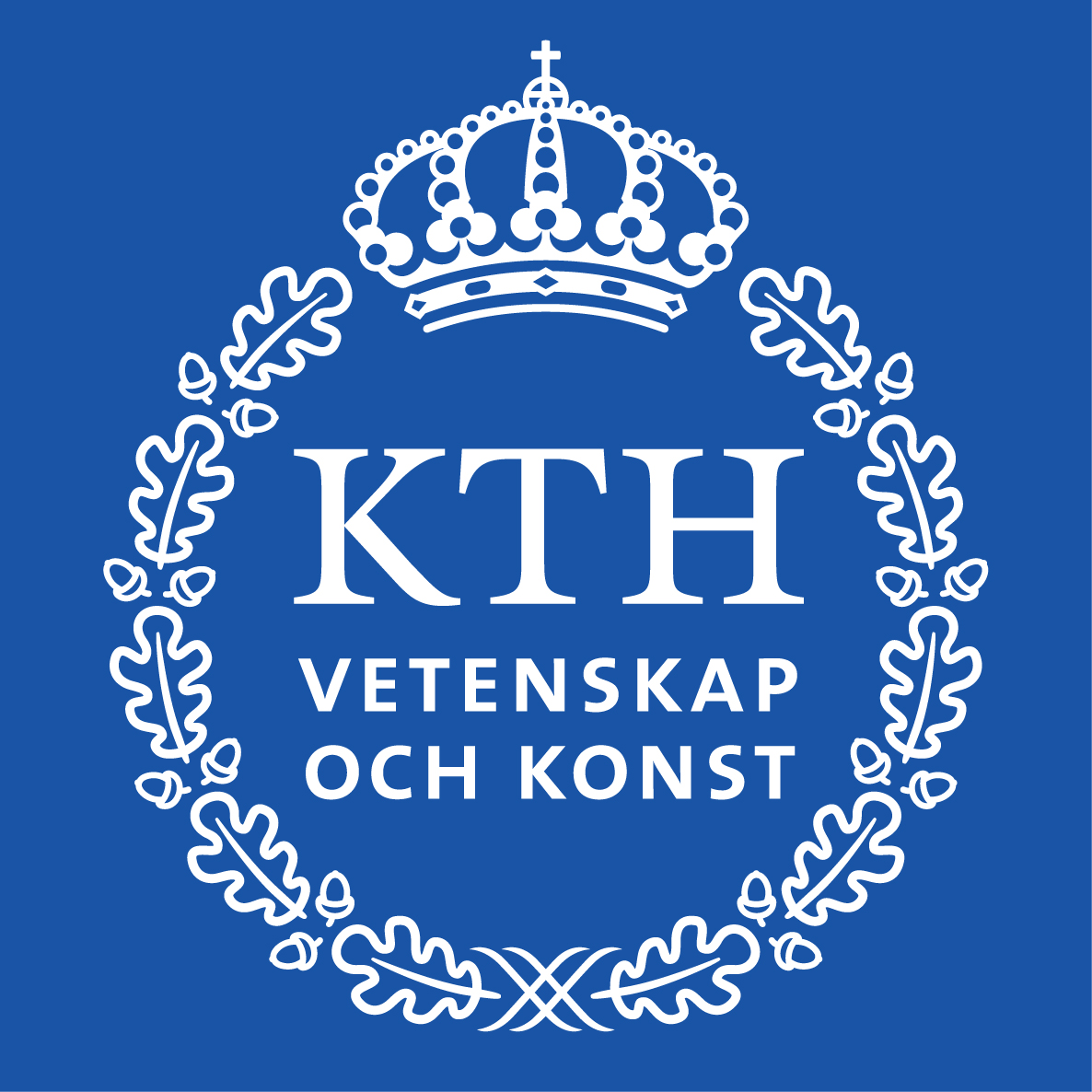
Improving waterborne urban mobility
KTH Royal Institute of Technology
City planners are looking at Waterborne Pubic Transportation (WPT) to overcome urban congestion and pollution. After background studies were performed in 44 cities, 7 factors describing WPT were identified. They represent the starting point for any public transport provider (PTP) looking to start WPT operations.
We observed that several prevalent challenges create reluctance for PTPs, such as ferry procurement (high cost and production time), the poor state of existing ferry fleets, and technical challenges like ice. We focus on developing an efficient ferry concept with an aim to make PTPs more confident towards WPT. Then, the special case of Stockholm ice-borne WPT is taken into consideration and lightweight ice-going hull solutions are proposed.
Innovative features
The special features of the ferry concept include:
- Easy customisability of the ferry is achieved through modularisation. Each ferry is exactly tailored to meet local requirements.
- A method is devised to objectively measure the performance of a ferry for economic, social, and environmental factors. This achieves a holistic performance and tailoring.
- The standardised modules ensure low costs and quick procurement time.
- A lightweight ice going hull ensures low emissions/low fuel consumption in both summer, as well as winter (ice) conditions.
Impact features
- Ferries have a comparable speed and emissions as city buses.
- The developed method for assessing ferry performance resulted in objective decision making.
- The modular design ensured efficient tailoring to meet local requirements.
- A lightweight tri-layer hull concept is proposed that is both light and strong enough to tackle ice loads.
